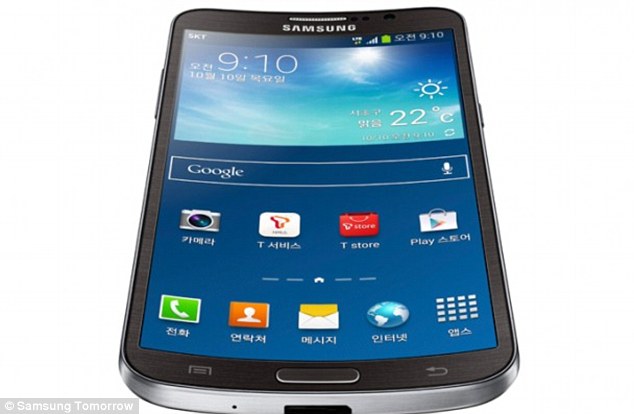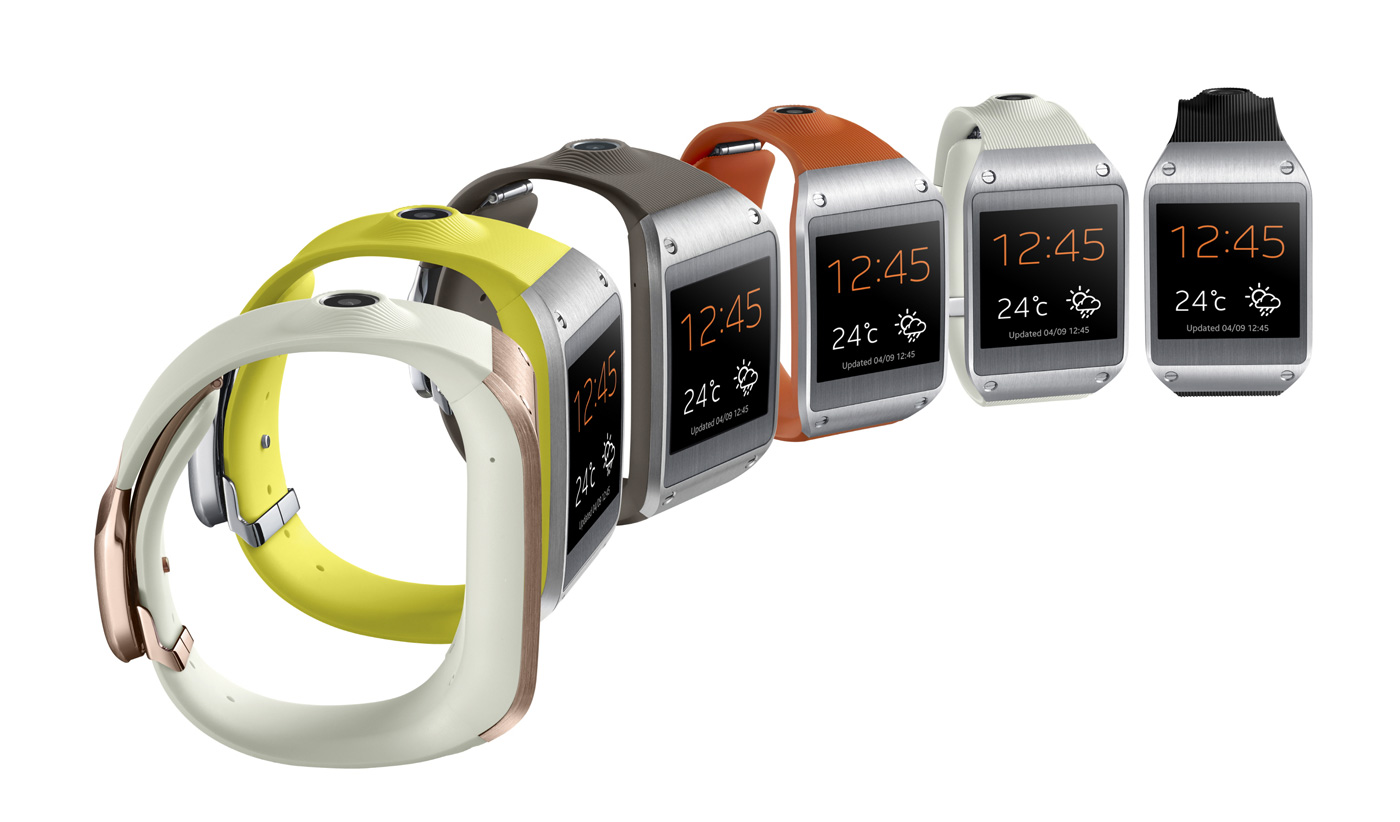Samsung is believed to have gone back to the drawing board for its second-generation Galaxy Gear smartwatch after sales of the original model were slow.
Reports from Korea claim the Galaxy Gear 2 will replace the chunky flat screen of the original with a curved OLED display and the watch is set to look ‘totally different.’
Sources also claim Samsung has changed ‘all the parts that looked dull or boring’ to make the second model more appealing when it launches this Spring.
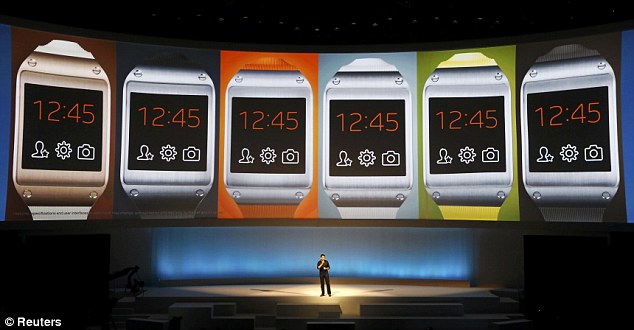
Samsung’s Galaxy Gear launched in September last year and was heavily criticised for its chunky design and poor battery life.
In November, Samsung declared the Gear was the bestselling smartwatch ever, quoting sales figures of 800,000.
However, industry sources claimed this number was closer to 50,000 and believed the higher figure actually related to the number of watches that had been shipped.
Samsung has already confirmed the Galaxy Gear 2 will launch alongside the Galaxy S5 smartphone at an event in either March or April. It is also expected to launch in London.
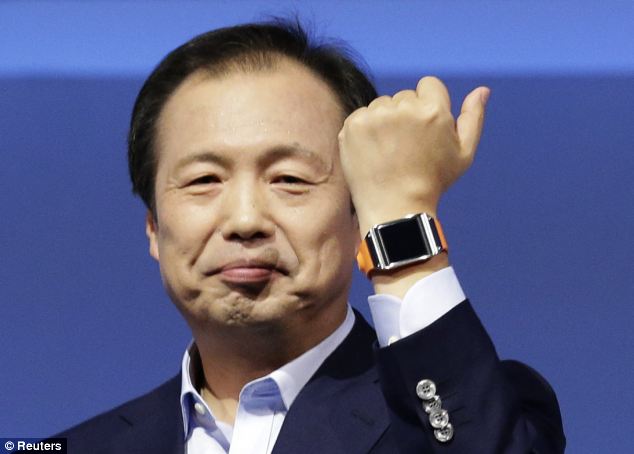
Lee Young Hee, executive vice-president of the Samsung’s mobile business previously said the Gear successor would have ‘more advanced functions’ and the ‘bulky design’ would be improved.
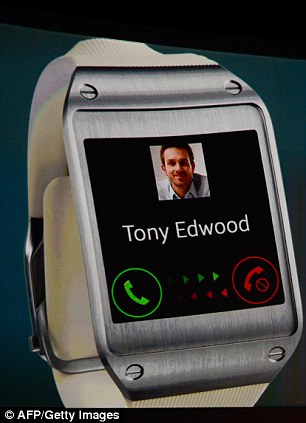
The curved smartwatch will follow Samsung’s foray into curved TVs, and likely use the technology found on Samsung’s curved phone, the Galaxy Round, launched in October.
An Apple iWatch concept released last week demonstrated how a smartwatch with a curved screen might look.
It was designed to resemble fitness trackers such as the Nike Fuelband, and Samsung may have also been influenced by the rising trend in this design of wearable technology.
Before Samsung launched the original Gear, rumours suggested it would have a flexible display yet reports claimed technology firms were still struggling to figure out how to mass produce the parts cheaply.
Flexible displays also need to be as thin as a sheet, highly heat resistant and responsive.
Cambridge-based Plastic Logic is an expert on flexible displays and has created a number of prototypes and devices, including the 10.7-inch PaperTab tablet and the PocketBook CoverReader that is set to be a thin and light flip cover for HTC, Sony and Samsung phones.
